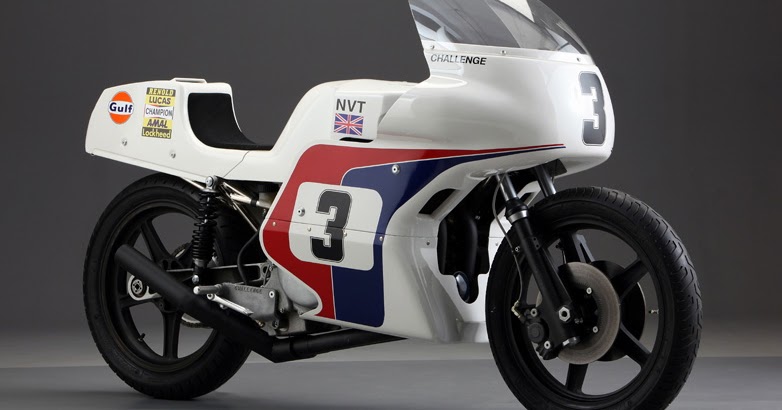Yes and no. As a longtime motorcycle rider, who likes her sporty bikes, and has read up on the subject:
The Honda CB750 when it was released in 1969, had pretty much the same horsepower as the BSA Rocket 3, and Triumph Trident Triples. They also handled better than the Honda. The thing is, the Trident, and Rocket 3, were just basically Daytona 500 twin engines with an extra cylinder added on, because it was a relatively cheap substitute for the Triumph Quadrant 4-cylinder 1000, that never got past the prototype stage (nobody wanted to spend the money on the manufacturing development [as in new tooling] to make the Quadrant, and it was foolishly decided that the "Japanese with stick to little motorcycles - our current big twins are fine for use, well into the foreseeable future"). Unfortunately, not much was invested to make the 3 -cylinder Trident/Rocket 3 engine more modern that its predecessors design-wise (or new tooling to make a more modern engine), make it more reliable (the early engines had a tendency to overheat in the middle cylinder), and oil tight. Tooling-wise, the final nail in the coffin, was the proposed very modern design 1000cc Triumph V5, that was meant to be an answer to the Japanese 4s, being was axed, because by the time it was proposed, Norton-Villiers Triumph was seriously losing money, and couldn't even afford the tooling needed to make such a bike, forcing Norton-Villiers Triumph to be stuck with having to make warmed over versions of the same old bikes.
As was mentioned in earlier posts - money was a longstanding problem with the British motorcycle manufacturers by 1970 - the Norton Commando, while a pretty fast bike when it came out in 1968, was at its design limit. The Commando engine (which was basically a stroked Dominator engine for more displacement), was seriously undersquare, resulting in high piston speeds (not good for an engine with inadequate big end bearings), that made it a grenade, when you pushed the revs or bumped up the compression too high. It's why the Combat Commandos were only made for a year or two - they had a high rate of engine failures. By comparison, the Honda (and later on, Kawasaki, Yamaha, and Suzuki) 4s, were sturdy, reliable engines. Oh yeah, and they could rev higher to make more horsepower, and were also much smoother than the non-counterbalanced, 360 degree British twins, that vibrated so badly (I remember how much my uncle's 67 Triumph Bonneville use to shake), that in the case of Norton, they had to create a frame to mount the engine in, to isolate the engine vibration in Commando, due to the previous model Atlas (which used basically the same engine as the Commando) shaking so much , that it wasn't selling. Build a new 750cc engine? They barely had the money for the prototype dual overhead came 350 twin they were committed to. It also didn't help that they were going down the rotary engine development rabbit hole, with the costs that incurred.
So in short, yes, the Britbikes were warmed over - the engineers at the British manufacturers were well aware that their bikes were behind what the Japanese were coming out with. IMO, I think they realized this when the CB450 was released for sale in the 1965 - by the late 60s the CB450, could give a britbike a run for its money (my other uncle who had a CB450, used to give my uncle with the Triumph Bonneville the fits, when they both went out riding together, due to the CB450's sprightly performance), but they did not have enough development money, courtesy of owners in the 50s and 60s like Dennis Poore, taking the money and running, and using it for other things non-motorcycle in nature. It didn't help that you had a labor issues on a par with what has been seen in the American auto industry. The shotgun wedding of Norton-Villiers, to Triumph, also didn't help things. Sure it pooled resources, but while the resources may have been adequate for one motorcycle company, they were not enough for two motorcycle companies to share.




